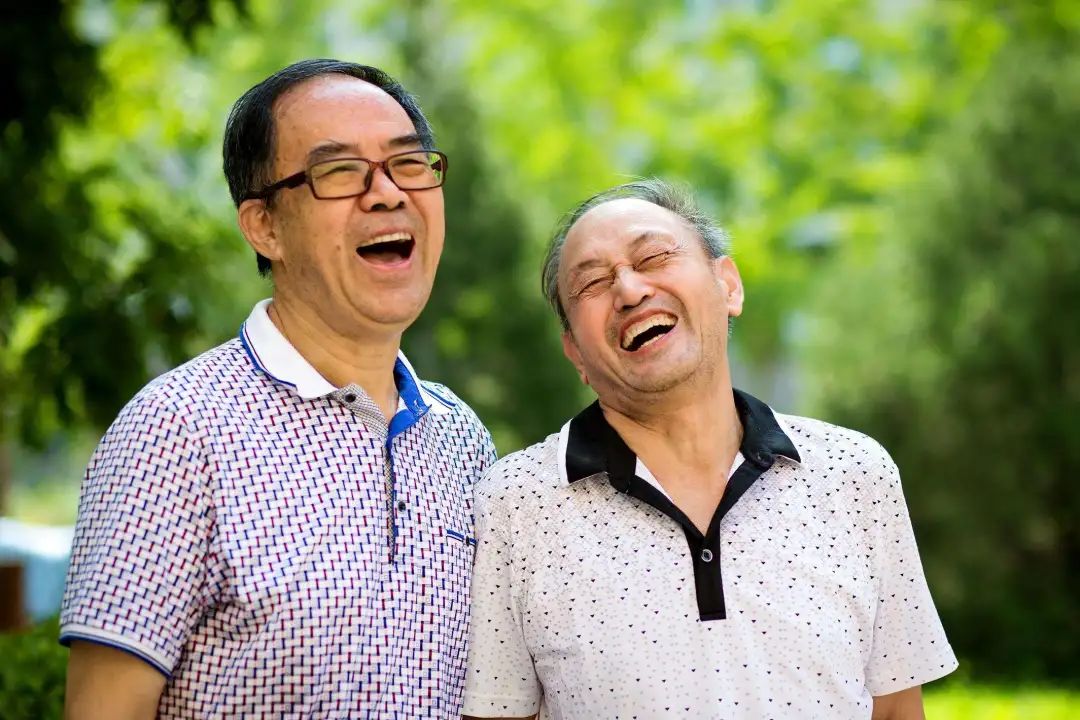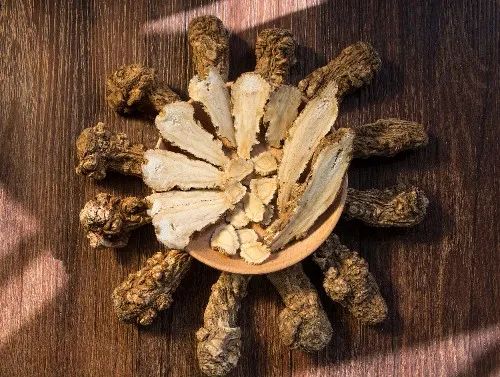According to the different manifestations and causes of body constitution among various populations, Traditional Chinese Medicine (TCM) classifies human constitution into nine major types, including Yin Deficiency (Yin Xu), Yang Deficiency (Yang Xu), Phlegm-Dampness (Tan Shi), and Blood Stasis (Xue Yu). Each type has distinct formation reasons and conditions. For patients with different constitutions, it is essential to first identify their constitution type to apply appropriate differential treatment.
Due to the varying symptoms associated with different constitutions, the methods for nurturing them also differ.
How to Identify Blood Stasis Constitution
Blood Stasis constitution often presents with: dull complexion, rough skin with a brownish hue, pigmentation, or purpura, pale lips, and a tongue that is purplish or has stasis spots. In terms of adaptability to external environments, individuals with Blood Stasis constitution should avoid wind and cold. Common diseases associated with this constitution include coronary heart disease, cerebrovascular diseases, varicose veins in the lower limbs, liver cirrhosis, neurasthenia, dysmenorrhea, chloasma, and senile plaques.
Methods for Regulating Blood Stasis Constitution
So, how can one regulate Blood Stasis constitution? Since blood stasis can lead to numerous diseases, addressing Blood Stasis can be approached from these five aspects to fundamentally eliminate it.

1. Dietary Regulation
To alleviate the troubles and harms of Blood Stasis constitution, special attention should be paid to personal diet. It is advisable to consume more fruits, vegetables, and meats that invigorate blood circulation and dispel stasis. Recommended fruits include mulberries (Sang Shen), kumquats (Jin Ju), and grapes (Pu Tao); vegetables include leeks (Jiu Cai), bamboo shoots (Zhu Sun), and black fungus (Hei Mu Er); and meats include cuttlefish (Mò Yú) and sea cucumber (Hai Shen). Additionally, it is best to limit the intake of white liquor and consume red wine (Hong Pu Tao Jiu) or sweet rice wine (Nuò Mǐ Tián Jiǔ) in moderation. Furthermore, individuals with Blood Stasis constitution should avoid consuming astringent, cold, or frozen foods.
2. Lifestyle Regulation

Paying attention to daily living habits can also help patients regulate Blood Stasis constitution. It is important to drink warm or hot water frequently and to limit cold drinks to avoid the invasion of cold air, which can exacerbate qi and blood stagnation. Additionally, maintaining a regular sleep schedule with adequate rest is crucial; improving sleep quality will gradually enhance physical constitution. Moreover, it is essential to keep warm, especially during seasonal transitions and in cold winters, as these are times when individuals are most susceptible to external cold.
3. Exercise Therapy

For patients with Blood Stasis issues, maintaining a moderate amount of exercise daily is very important, as exercise can promote blood circulation, allowing qi and blood to flow smoothly, and harmonizing the internal organs. Therefore, individuals with Blood Stasis should engage in appropriate exercises, such as Tai Chi (Tài Jí), Tai Chi Sword (Tài Jí Jiàn), Five Animal Frolics (Wǔ Qín Xì), yoga (Yú Jiā), or fitness routines. Walking with friends is also a good option. However, it is important to note that if symptoms such as chest tightness, difficulty breathing, or rapid pulse occur during exercise, it may indicate excessive intensity, and one should stop exercising or seek further medical examination.
4. Emotional Regulation

Generally, patients with Blood Stasis constitution tend to be irritable, forgetful, and emotionally unstable, often prone to anger, and some may experience symptoms of liver qi stagnation (Gan Qi Yu Jie). Such patients should cultivate hobbies, such as baking (Kāi Pèi), flower arrangement (Huā Huì), photography (Shè Yǐng), or tea drinking (Chá Yǐn), and listen to soft, lyrical music. Engaging in activities that they love can help them focus and calm their minds, thus alleviating qi and blood stagnation. Additionally, it is important for patients with Blood Stasis constitution to maintain a positive and optimistic mindset, avoiding falling into feelings of distress or depression, as this can exacerbate blood stasis tendencies.
5. TCM Regulation

In terms of constitution regulation, TCM emphasizes symptomatic treatment. Patients with Blood Stasis constitution can consume supplements and medicinal materials that invigorate blood circulation and dispel stasis, such as Rehmannia (Di Huang), Angelica (Dang Gui), and Acanthopanax (Wu Jia Pi). However, the dosage should be appropriate, as excessive consumption can lead to increased blood stasis, making it more difficult to eliminate. Additionally, regulating the meridians can help improve constitution; acupuncture (Zhēn Jiǔ) and tui na (推拿) are particularly suitable for individuals with Blood Stasis constitution. Common methods include acupressure (Diǎn Àn), moxibustion (Wēn Jiǔ), gua sha (刮痧), bloodletting (Fàng Xuè), topical applications (Fù Tiē), and tui na. Common acupuncture points include Shenque (神阙), Ge Shu (膈俞), Gan Shu (肝俞), Tai Chong (太冲), San Yin Jiao (三阴交), Wei Zhong (委中), and Qu Chi (曲池).

